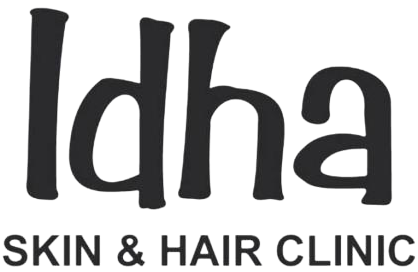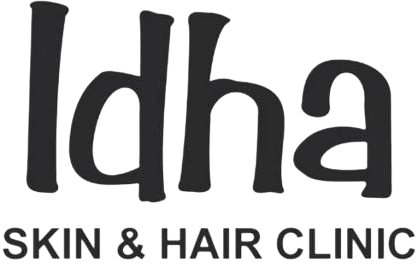Treatment for acne scars how laser skin resurfacing is a safe and effective approach to renew your skin:
Pigmented spots, spider veins, acne scars, and open pores on the skin are all unpleasant lesions that can be treated quickly and effectively with laser treatment. However, not every laser is ideal for every application. We explain which laser is most appropriate for each situation in this section. The various types of skin lesions and the lasers used to treat them
Acne and Surgical Scars: A non-ablative fractional laser is used in five sessions to repair scars caused by acne, surgery, or trauma (1 session every 30 days). Typically, an improvement of up to 80% is observed. This is accomplished by remodelling the existing collagen (which is often deficient in quality in the case of keloid scars) and promoting the production of new, higher-quality collagen.
Age spots: These are circular spots with irregular edges that occur on parts of the skin that are frequently exposed to the sun. Their cause is either old age or excessive sun exposure. In a single session, an Alexandrite Laser with Variable Pulse or a Q-switch is utilised to eradicate age spots.
The laser light eliminates pigmented cells without causing damage to the surrounding tissue. Following the laser session, a scab the same size as the initial area forms and gradually fades away over the next 5-10 days.
Spider veins, couperosis, or leg veins are dilated veins on the face or torso (most commonly the legs). They are treated in 1-4 sessions with the Nd-YAG vascular laser, depending on the size, depth, and kind of injury.
Ruby dots: These are small red dots that appear on the neckline and back of garments. They are capillary angiomas that typically develop during childbirth but can also occur in adulthood. If left untreated, ruby dots might spread. An Nd-YAG vascular laser is utilised to eradicate the ruby spots. They are eradicated in a single session by the laser’s light. The area remains darker in colour during therapy and is reabsorbed by the body without forming a crust.
Stretch marks are pale or reddish lines on the skin that are most commonly found on the abdomen, thighs, and chest. These are “scars” on the skin that appear “broken.” At the histological level, there is epidermal atrophy, dermal fibrosis, and elastic fibre and collagen rupture. They manifest themselves in a variety of settings, with pregnancy, puberty, and rapid weight increase serving as the primary triggers. They may also be linked to extended use of certain medications, such as corticosteroids.
When stretch marks form, treatment outcomes are more favourable during the vascularised phase (when the striae are red) than during the scarring phase (when the striae are white). In both red and white striae, laser treatment can produce highly satisfying outcomes that meet patient expectations.


